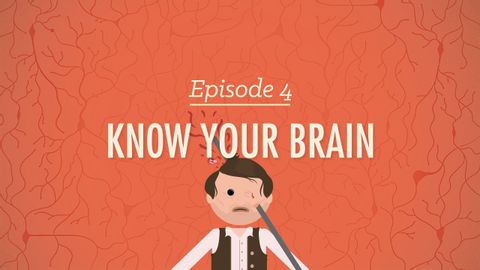
Subtitles & vocabulary
Meet Your Master: Getting to Know Your Brain - Crash Course Psychology #4
00
Jack posted on 2015/12/18Save
Video vocabulary
grey
US /ɡre/
・
UK /ɡreɪ/
- Adjective
- Color between black and white (also spelled gray)
- Proper Noun
- Person's name
A1
More doctor
US /ˈdɑːktɚ/
・
UK /ˈdɒktə(r)/
- Noun (Countable/Uncountable)
- Person paid to help people become or stay healthy
- Person awarded the highest university degree
- Verb (Transitive/Intransitive)
- To treat someone's illness
- To change something in order to trick someone
A1TOEIC
More body
US /ˈbɑdi/
・
UK /ˈbɒd.i/
- Noun (Countable/Uncountable)
- An object distinct from other objects
- A group of people involved in an activity together
A1
More Use Energy
Unlock All Vocabulary
Unlock pronunciation, explanations, and filters
